Dried Figs
Figs are a nutrient-dense fruit that can be yellow-green, copper or purple in color. You can peel them and eat them out of hand, use them to make jam or add them to ice cream or baked goods. Fresh figs aren’t always available year-round in the Iran, but dried figs are relatively easy to find. Although figs may provide some health benefits, treatment of any medical condition with figs is based only on traditional use and not on scientific evidence.
Macronutrients
A 1/4 cup serving of dried figs contains 93 calories, 1 gram of protein, 0.4 gram of fat and 24 grams of carbohydrate, including 4 grams of fiber, or 16 percent of the daily value for fiber. Dried figs have more fiber per serving than any other fruit, according to the Academy of Nutrition and Dietetics.
Micronutrients
Each serving of dried figs provides 253 milligrams of potassium and 6 micrograms of vitamin K, or 7 percent of the DV, along with 60 milligrams of calcium and 25 milligrams of magnesium, or 6 percent of the DV for these nutrients. Potassium is necessary for proper heart, muscle and digestive function. Your body uses vitamin K for blood clotting, calcium for strong bones and teeth and magnesium for immune system, heart and nerve function.
Potential Health Benefits
Figs contain a type of antioxidant called phenols, which may lower your risk for heart disease and cancer by preventing cell damage by dangerous free radicals. Fiber lowers your risk for high cholesterol, heart disease and constipation. The fiber in figs may also help you lose weight since it makes figs more filling, helping you eat fewer calories.
Available Sizes: A, AA, 101 AA, Vacuumed, Moistures
Packaging: 10 KG Carton
Storage: In a cool, dry, clean and well ventilated place. Storage temperature is between 15-20 Celsius degrees
Related products
Almonds
Chickpeas
Iranian Jumbo Pistachios
Kaleh Qouchi: This nut is famous for being large. It is sensitive to shortage of water and its leaves are complex. This type of nut is vulnerable to cold weather in spring. It can be harvested in mid September.
On the whole Kalleh Ghouchi is not being budded anymore and production is from existing trees. Although commercially quite successful, Kalleh Ghouchi trees showed a steep drop in growth and production as they grew older than 40 years old. It is expected that the production would slowly decline.
Available sizes are 20/22, 22/24 and 24/26, with 18/20 being available in small quantities.
Iranian long pistachios
The most famous local brands of Iranian long pistachio are as the following:
1- Akbari: This type is the highest economic value. Its fruits are large and almond shaped. It can be harvested in late September. This is a newer variety with good yield and with long, large nuts.
2- Momtaz: The fruit of this nut is almond shaped. It is very delicious compared to other types of pistachios. It can be harvested in late September.
3- Badami; This nut is generally small. It mainly grows in gardens of Zarand, Kerman. It can be harvested in early summer.
4- Ahmad Aghaei: This nut is rather large and its fruit is almond shaped. It can be harvested in late September. The newest commercial variety, very popular with the farmers, because of high yield and its shorter time to reach production. It is very popular in some markets like India and Greece. Production of this variety is increasing. It also has the whitest shell hue among the four.
Available sizes of Iranian Long Pistachio are 20/22, 22-24 and 24/26, with 18/20 also available in small quantities. Pistachio size unit is the number of nuts in one Once.
Iranian Round Pistachios
Kernel Pistachio and green skinned pistachios
Pistachios
Pistachio nuts are intertwined with Iranian culture and are actually present in all facets of Iranian life. Pistachio nuts get a mention in all Iranian literature, stories, beliefs, traditions and rituals such as Norooz (New Iranian Year) and Yalda festival are even consumed in weddings and funerals. Iranian poets and literary figures have also referred to pistachio nuts in their works. For Iranians no festivities and feasts can be held without pistachio nuts as well as other nuts like walnuts, almond, raisin, hazelnuts, etc. They celebrate Iranian New Year by eating pistachios. If they cook special dishes, they decorate them with pistachios. Even treats such as ‘Gaz’ contain pistachios. Pistachio nuts are of strategic importance among Iranian producers of agro products.
Iran exports 150,000 to 200,000 tons of pistachios annually.
Iranian pistachios include many local names and each name represent a region shape or quality type. However in term of shapes there are in four main groups. All types can be founded in Iran market in raw or roasted with several productions offers such as mechanically, opened or closed pistachio, roasted and salted, roasted and salted with added lime.




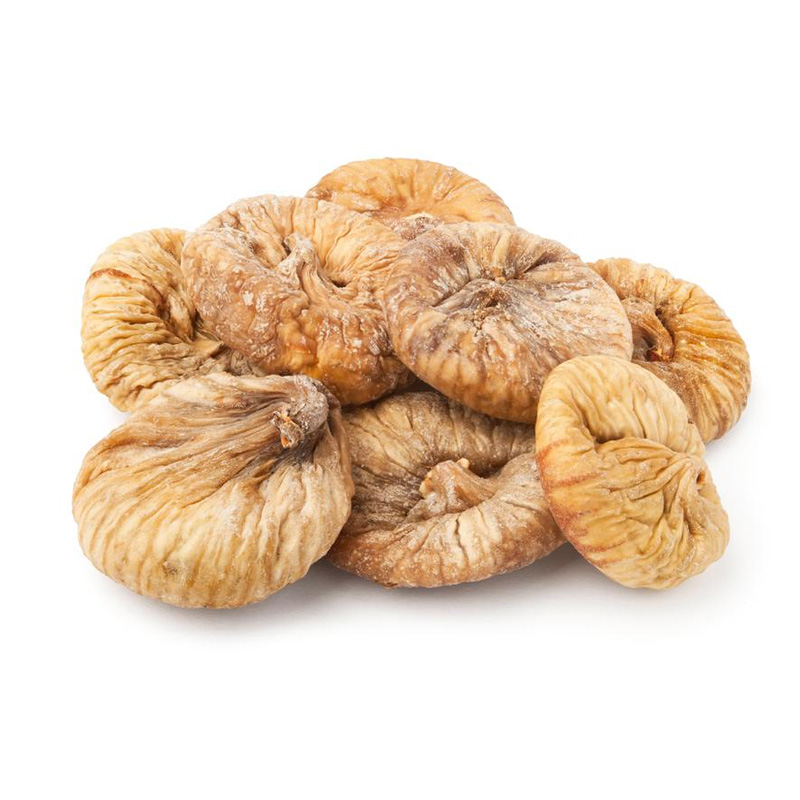

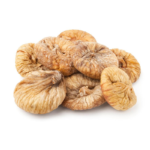
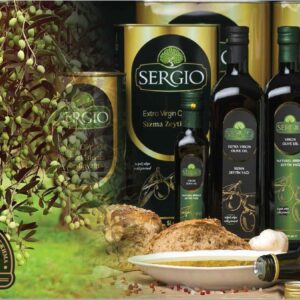
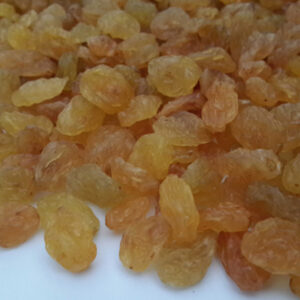
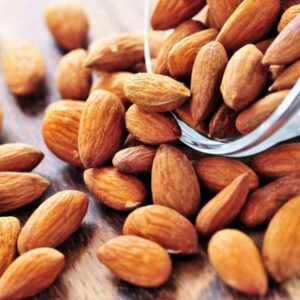
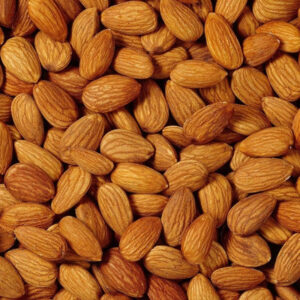
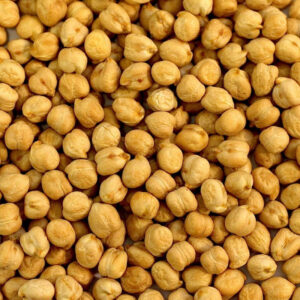

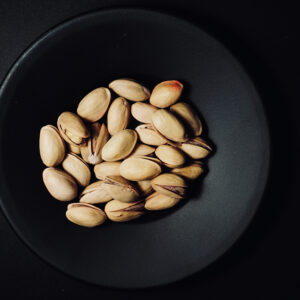
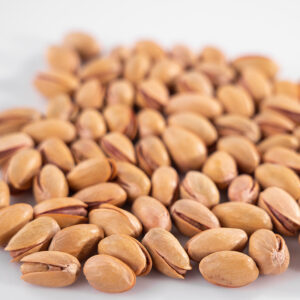
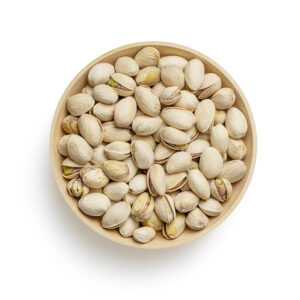
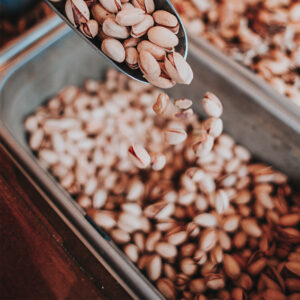
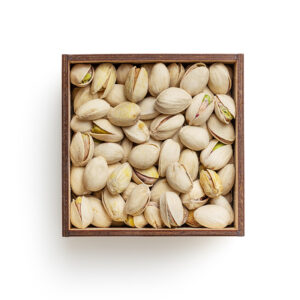
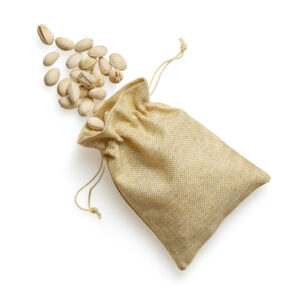
Reviews
There are no reviews yet.